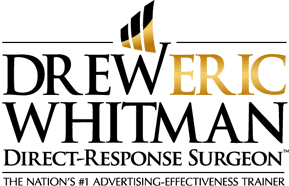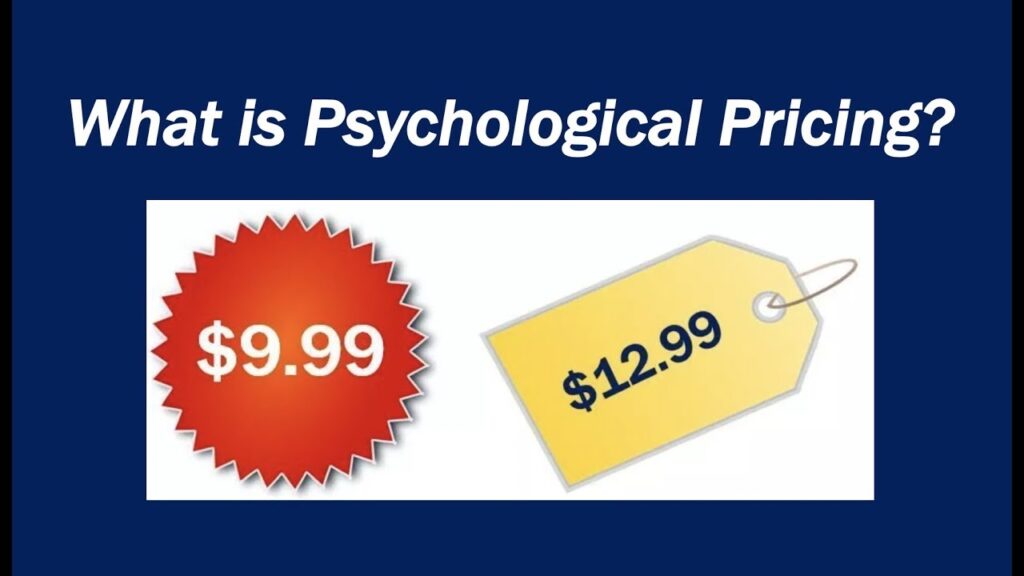Welcome back to our battle with our meanest competitor, Evil Irving!
Remember… you’re an exterminator and he’s trying to steal your customers. (Re-read the last paragraph of my last post to get up to speed.) So Irv’s a tough competitor. But too bad for him, you’re pretty sharp yourself. And you discovered a chink in his armor that you’re thrilled to exploit. You wouldn’t have even mentioned it …
Welcome back to our battle with our meanest competitor, Evil Irving! Read More »










